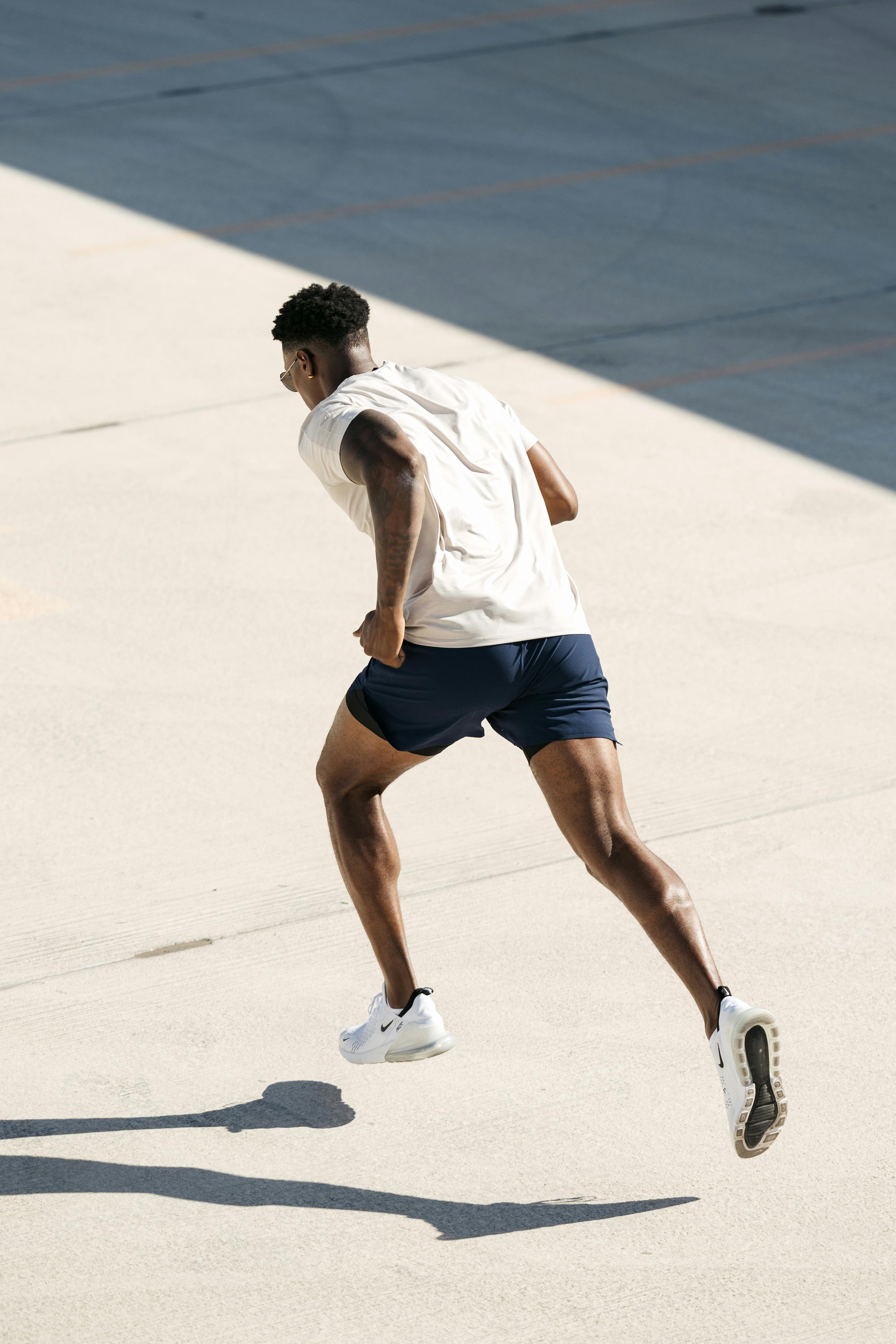Exercise Safely in Austin’s Heat: A PT’s 10‑Step Plan
Runner warming up with the Austin skyline in the background at sunrise.
Triple‑digit days are part of life in Austin. You don’t have to pause your routine—but you do need a plan. Below are evidence‑based, physical‑therapist tips to help you train smart in the heat and avoid preventable setbacks. The CDC’s HeatRisk tool and local forecasts make it easy to tailor your plan to Central Texas conditions.
1) Check your HeatRisk before you train
Pop your Austin ZIP code into the CDC’s HeatRisk dashboard to see a 7‑day, health‑based heat outlook (Levels 0–4). Use it to choose lower‑risk days/times and plan hydration/cooling.
Color scale showing NWS HeatRisk levels from yellow (Little Risk) to red (Extreme).
2) Train at cooler times
Schedule runs, rides, and court time at sunrise or after sunset. CDC guidance specifically recommends avoiding the middle of the day when the sun is most intense.
3) Know what “dangerous” feels like
Humidity raises the “feels‑like” temperature (heat index). NOAA classifies >103°F as “danger” or “extreme danger” for strenuous activity—common in Austin summers. Adjust pace or move indoors.
4) Hydrate proactively
Drink more water than usual and don’t wait for thirst. For longer sessions, add electrolytes and plan frequent sips. Cramping can be an early warning sign.
Two people resting on a park bench with water bottles after exercise.” (or) “Bottle labeled electrolyte concentrate on a table.
5) Acclimate over 7–14 days
Build heat tolerance gradually by increasing exposure and intensity over 1–2 weeks. This reduces exertional heat‑illness risk.
6) Dress and protect
Wear light‑colored, breathable fabrics; reapply sunscreen; and use a cap or buff for shade.
7) Choose smarter workouts on high‑risk days
On HeatRisk red/magenta days, pick water‑based training, indoor strength sessions, or easy Zone‑1 cardio instead of maximal efforts.
8) Build in cooling
Use shade, cold towels, or misting during breaks; cool down in AC immediately after.
9) Know the warning signs
Stop and seek a cool place if you notice heavy sweating, cramping, shortness of breath, dizziness, headache, weakness, or nausea—and get medical care if symptoms escalate.
10) Come back smart if heat sidelined you
Ease back in with short, low‑intensity sessions and rebuild your heat exposure gradually. If you’re not bouncing back, we can help you return to activity safely. Book with our Austin team.




